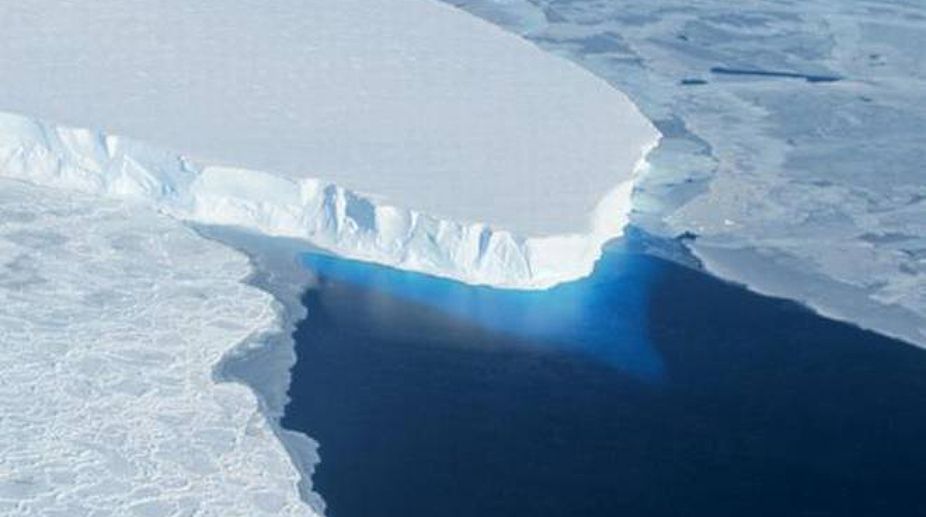Jharkhand unveils ambitious plans for education, science and innovation
The Jharkhand government has unveiled ambitious projects aimed at propelling the state into a new era of education, science, and innovation.

An international team of scientists is all set to start an “urgent mission” to investigate a mysterious underwater world that had been hidden beneath an Antarctic ice shelf for up to 120,000 years. This vast expanse of water got exposed after a massive iceberg known as A68, which is four times the size of London, calved off from the Larsen Ice Shelf in July 2017. The newly exposed seabed covers an area of around 5,818 square kms.
Scientist believe that the ecosystem that had likely been hidden beneath the ice for thousands of years may change as sunlight starts to alter the surface layers of the sea. Marine biologist Katrin Linse from the British Antarctic Survey (BAS) will be leading the mission.
Advertisement
“The calving of A68 provides us with a unique opportunity to study marine life as it responds to a dramatic environmental change,” Linse said in a statement released by Senckenberg Research Institute and Natural History Museum in Frankfurt, Germany.
Advertisement
“It’s important we get there quickly before the undersea environment changes as sunlight enters the water and new species begin to colonise,” she added.
The scientists will travel by ship to collect samples from the newly exposed seabed. The international team from nine research institutes, leaves Stanley in the Falkland Islands on February 21 to spend three weeks in February-March 2018 on board the British Antarctic Survey research ship RRS James Clark Ross, the statement said.
The team will investigate the area previously under the ice shelf by collecting seafloor animals, microbes, plankton, sediments and water samples using a range of equipment including video cameras and a special sledge pulled along the seafloor to collect tiny animals. They will also record any marine mammals and birds that might have moved into the area.
“Larsen C is a long way south and there’s lots of sea ice in the area, but this is important science, so we will try our best to get the team where they need to be,” said Professor David Vaughan, Science Director at BAS.
The findings could provide a picture of what life under the ice shelf was like so changes to the ecosystem can be tracked.
Advertisement